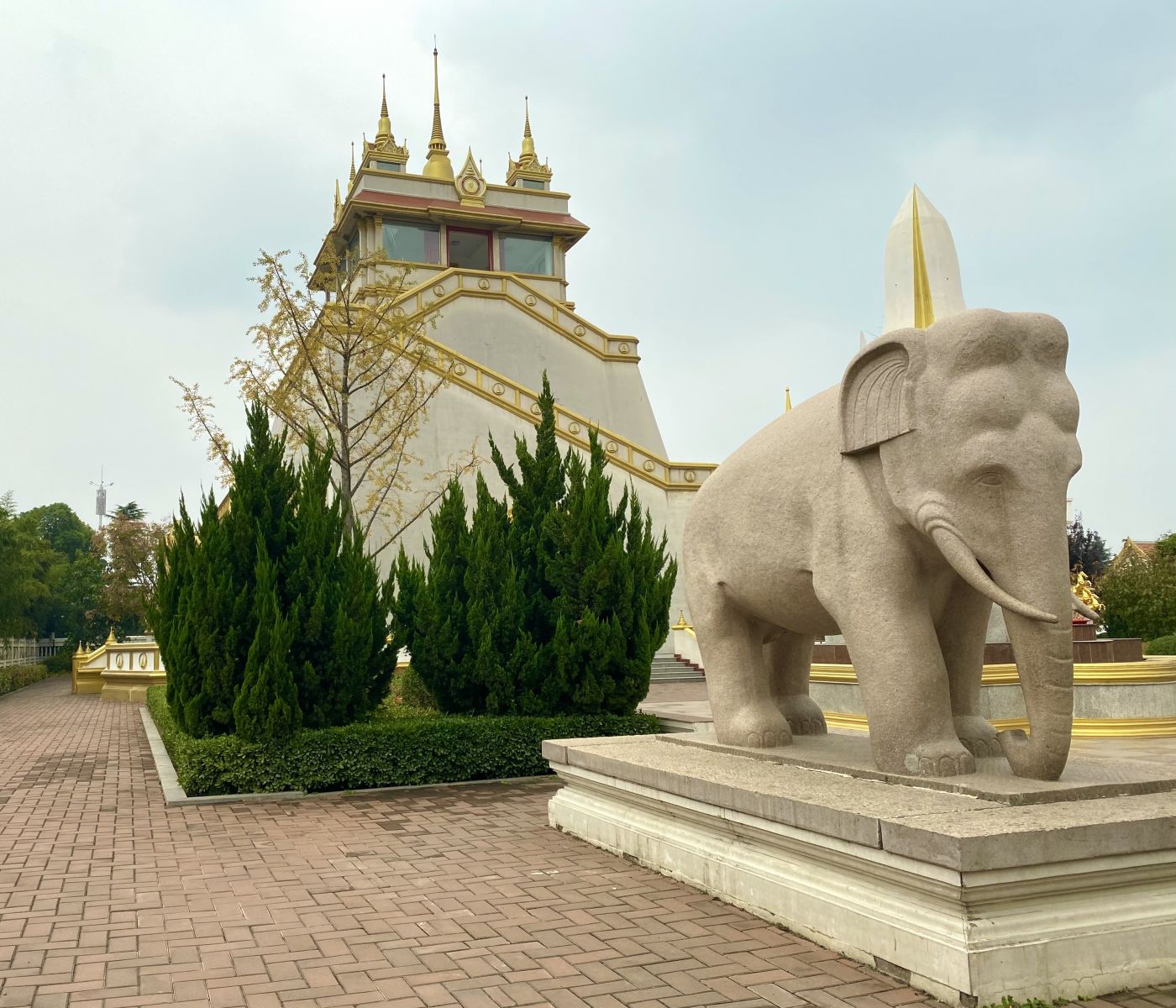Chinese Name: 白马寺 Pronunciation: Bái mǎ Sì
Admission Ticket Fare: 35 yuan
Opening Time: 07:30-19:00
Suggested Visiting Hours: 2-3 Hours
Scenic Zone: About 40,000 square meters (about 9.88 acres)
Building Time: In the year 68 AD during the Eastern Han Dynasty (25–220)
Best Visiting Season: Spring and Autumn (from March to May & September to November)
Address: No.6, Luobai Street, White Horse Temple Town, Luolong District, Luoyang City, Henan Province.
Building Function: the "ancestral courtyard” of Chinese Buddhism, and promotes the cultural exchange of Buddhism between China and foreign countries
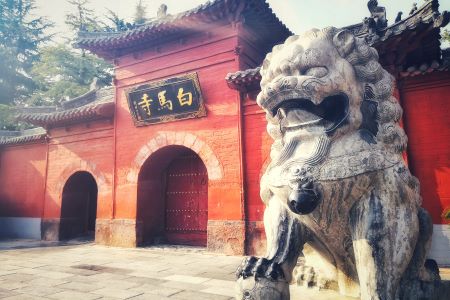
White Horse Temple, located 12 kilometers east of Luoyang City, Henan Province, was founded in the 11th year of Yongping in the Eastern Han Dynasty (68 AD). The White Horse Temple is the first government-run temple built after Buddhism was introduced to China. It is the first ancient temple in China and is known as the "ancestral courtyard" and "source of Buddhism" of Chinese Buddhism.
In 1961, White Horse Temple was announced by the State Council of New China as the first batch of national key cultural relics protection units.
In 1983, White Horse Temple was designated by the State Council as a key temple of Chinese Buddhism in China.
In January 2001, White Horse Temple was named the first batch of 4A-level scenic spots by the National Tourism Administration.
White Horse Temple has a history of more than 1900 years and covers an area of about 200 mu (about 33 acres). The existing ruins and historical sites were left in the Yuan, Ming and Qing Dynasties. A large number of dry lacquer statues of the Yuan Dynasty are preserved in the temple.
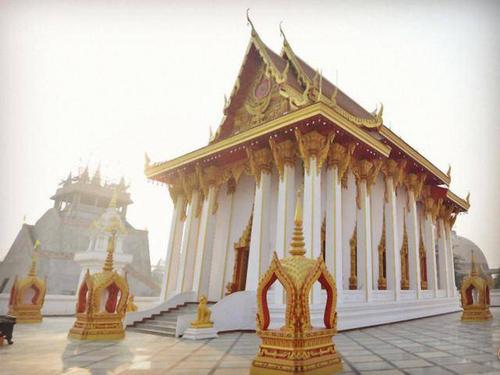
In the seventh year of Yongping in the Eastern Han Dynasty (64 AD), Emperor Liu Zhuang dispatched more than ten ministers such as Cai Yin and Qin Jing to the Western Regions to worship Buddhist scriptures and dharma.
In the eighth year of Yongping (65 AD), Cai, Qin and others embarked on a journey of thousands of miles to the west for Buddhist scriptures. On the way, they met the Indian monks and saw Buddhist scriptures and the white felt statue of Sakyamuni Buddha.
In the tenth year of Yongping (67 AD), Cai Yin and Qin Jing invited two Indian monks to carry Buddhist scriptures and statues with white horses to Luoyang.
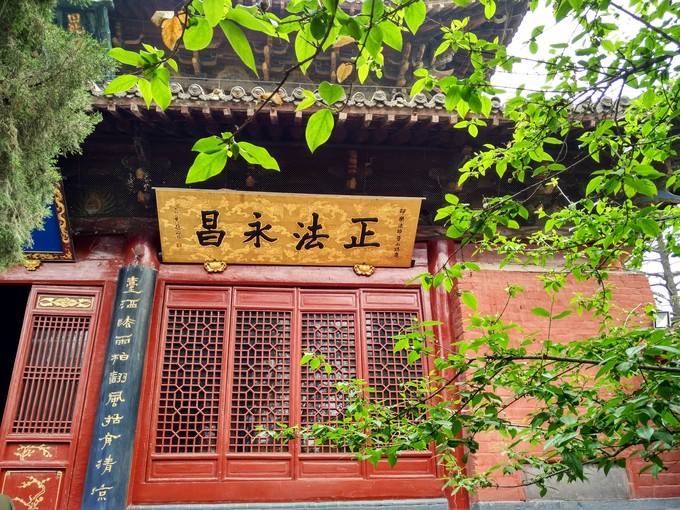
In the eleventh year of Yongping (68 AD), Emperor Hanming ordered workers to build a monastery in Luoyang. In order to commemorate the white horse that loaded sutra to China, the monastery was named White Horse Temple.
White Horse Temple was destroyed for the first time in the melee of warlords in the late Eastern Han Dynasty. The White Horse Temple was burned to the ground.
In the 25th year of Jian'an (220 AD), Cao Pi proclaimed himself as emperor and rebuilt the Luoyang Palace on the ruins of Luoyang in the Eastern Han Dynasty, which included the reconstruction of the White Horse Temple in Luoyang.
In the first year of Yong'an in the Western Jin Dynasty (304 AD), White Horse Temple suffered severe damage in the long-term war.
After the "Yongxi Rebellion", at the end of the Northern Wei Dynasty, White Horse Temple was once again ruined.
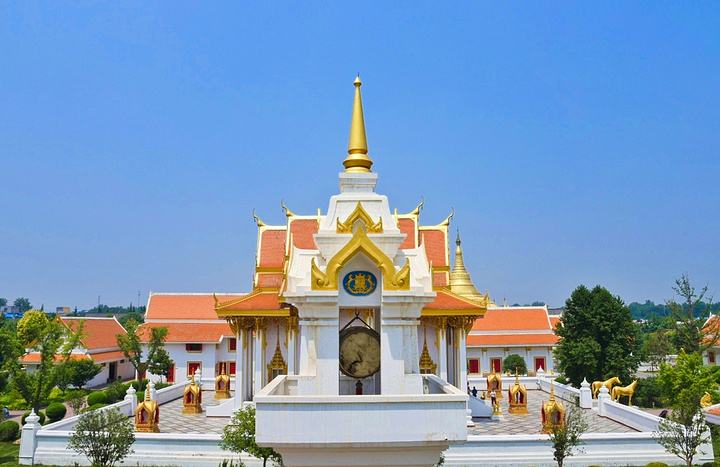
In the first year of the Reign of Emperor Wuzhou of the Tang Dynasty (AD 685), Wu Zetian ordered the reestablishment of the White Horse Temple in Luoyang, which was the golden age in the history of the White Horse Temple.
After that, the governments of the Song, Ming and Qing dynasties all carried out corresponding repairs to White Horse Temple.
After the founding of the People's Republic of China, White Horse Temple was rebuilt with special funds in 1952, 1954 and 1959.
Up to now, White Horse Temple is the only temple that has branches in other countries, India, Burma and Thailand.
White Horse Temple can be divided into three main parts: the main temple, the foreign temple building complex and the Qiyun Pagoda.
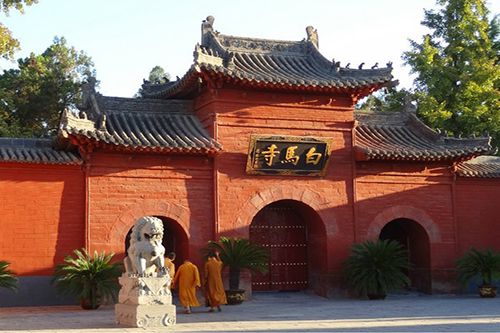
The main temple of White Horse Temple is located on the central axis from south to north. From front to back, there are five major halls: Hall of Heavenly Kings, Hall of the Great Buddha, Hall of Mahavira, Hall of Guidance and Clear Cool Terrace.
There are statues in each hall, mostly from the Yuan, Ming and Qing Dynasties, which are of great value for studying the history of temples and Buddhist culture.
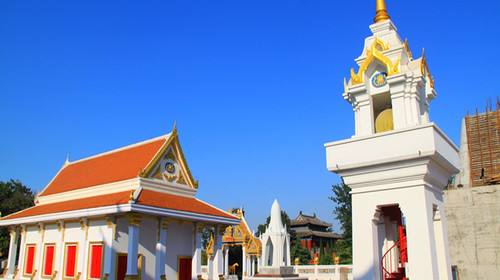
Located to the west of the main temple, there is a place where you can visit temples in different countries’ styles. These foreign temples include the Indian Temple, the Thai Temple and the Burmese Temple.
White Horse Temple is not only the "ancestral courtyard" of Chinese Buddhism, but also promotes cultural exchanges between Chinese and foreign Buddhism. It spread Buddhism to Korea, Japan and Southeast Asia, making Buddhism popular in Asia and becoming a holy place that Buddhists yearn for. At the same time, it also accepts worship from all over the world.
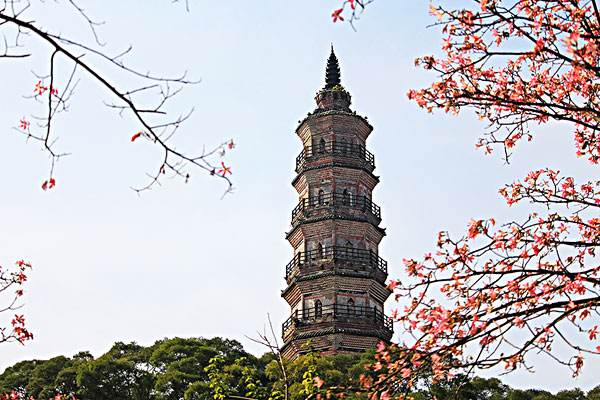
Qiyun Pagoda is located 200 meters southeast of the gate of White Horse Temple. It was built in the Eastern Han Dynasty and rebuilt in the Jin Dynasty.
It is the earliest existing ancient building in the Luoyang area. The pagoda is 35 meters high, with 13 storeys in total. It covers an area of more than 26,667 square meters.
Enter from the South Gate→Hall of Heavenly Kings→Hall of the Great Buddha→Hall of Mahavira→Hall of Guidance→Clear Cool Terrace→the Temple of Thailand→the Temple of Myanmar→the Temple of India→the Qiyun Pagoda→Exit from the South Gate.
a. From Luoyang Railway Station to White Horse Temple
It is about 20 kilometers from Luoyang Railway Station to White Horse Temple. Take bus 56,801 from Luoyang Railway Station and get off at Luoyang Baimasi Station (White Horse Temple), which takes about an hour.
b. From City Center to White Horse Temple
Take bus 56, 58 or 801 from the city center, and get off at Luoyang Baimasi Station (White Horse Temple), which takes about 55 minutes.
By Taxi
If you want to get to the White Horse Temple conveniently, you can take a taxi. When taking a taxi, you can use the following sentence for the taxi driver:
Chinese: 请带我去白马寺。English: Please take me to the White Horse Temple.
Chinese: 请带我去白马寺南门。English: Please take me to the South Gate of White Horse Temple.
If you go to the White Horse Temple from Luoyang Beijiao Airport, it takes about 45 minutes (about 50 yuan).
If you go to the White Horse Temple from Luoyang Railway Station, it takes about 50 minutes (about 45 yuan).
If you go to the White Horse Temple from Longmen Railway Station, it takes about 50 minutes (about 60 yuan).
If you go to the White Horse Temple from Longmen Grottoes, it takes about 40 minutes (about 60 yuan).
